The method of judging the freshness of coffee beans basic knowledge of coffee what is the reason why coffee beans are not fresh
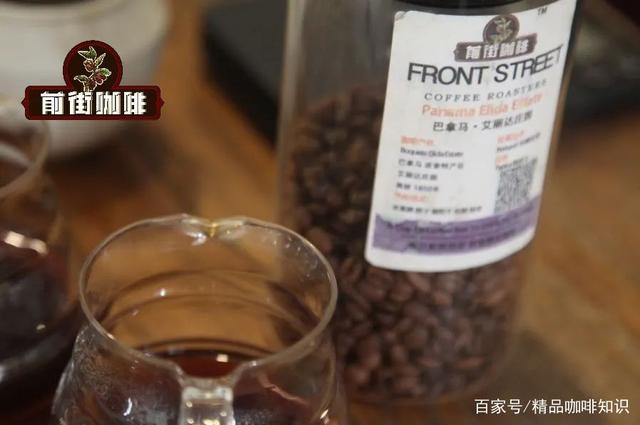
The quality of a good cup of coffee beans is very important. a bean that is not fresh tastes tasteless, and the acid is dull, not bright and not lively. There are many reasons why coffee beans are not fresh, some are not preserved properly, and some are not fresh. No matter what the reason, you should learn to judge the freshness of coffee beans. Come on, Qianjie teaches you for free.
Have you ever seen oily coffee beans? Why do some coffee beans have a shiny surface, while others are "dry and comfortable" without greasy? What is the relationship between the "oil" of coffee beans and the freshness? Should we buy coffee beans that are "oily" or "unoiled" in appearance?
Coffee oil that is not oil.
These "oils" distributed evenly on the surface of coffee beans are actually not "oils", but water-soluble organic substances that look like oils. "Coffee oil" itself contains many aroma ingredients of coffee, which can be dissolved in water, so the surface of your brewed coffee will not be covered with greasy oil.
There are two reasons for "oily beans".
There are two reasons for "oily beans". A) stale shallow baked beans b) fresh deep baked beans. The following in-depth discussion.

A) stale shallow baked beans
The light roasted beans, which are light in heat and light brown in appearance, are dry and will not produce oil after baking. About five days after it comes out of the oven (it may be shortened to one or two days at the height of summer), the phenomenon of "spot oil" begins to appear (dotted oil droplets appear on one side of the coffee bean) Please note: a little "spot oil" does not mean it is not fresh. sometimes the flavor of light-roasted coffee beans is at its peak. Continue to put, more than two weeks after the oven, the surface of shallow baked beans gradually covered with a uniform, thin and bright oil, the smell is not sweet, but with fuel consumption, at this time, the flavor of "shallow baked beans" has gone downhill and should be avoided.
B) fresh deep baked beans
The deep-baked beans with dark brown appearance show a slight glossy appearance after baking, and a large amount of oil begins to appear on the surface from the first day to the second day. The bright-looking "deep-baked beans" do not mean that they are not fresh. on the contrary, after three weeks of baking, the deep-baked beans will gradually dry out and eventually become dry-looking off-flavor beans. Therefore, if you see coffee beans that are dry but dark brown in appearance, please pay special attention to whether they are marked with a baking date and are most likely to be stale beans that have gone bad.
The method of judging the freshness of coffee beans
Even if the "shallow baked beans", which are no longer fresh and oily, will gradually dry out after a long time (such as three months), and finally return to the dry and unoily appearance. Thus it can be seen that the appearance of oil is only a reference to judge the freshness of coffee beans, not absolutely.
How should we judge the freshness of coffee beans?
First of all, please choose from the professional coffee roasters who have clearly marked date, brand reputation and emphasize fresh roasting. In addition, excellent coffee bags are usually designed with a "one-way exhaust valve" (a button-shaped hole in the top of the coffee bag) for coffee beans to discharge naturally occurring carbon dioxide. Point the one-way exhaust valve at the nose, gently squeeze the coffee bag and smell the gas. If it is a charming and fragrant coffee aroma, the freshness will not be a problem. On the contrary, if it does not smell strong enough, or even smells of smelly oil, it means that this bag of coffee has already gone bad and should be avoided.

How to determine the freshness of coffee beans? There are three steps: smell, see, and peel.
Smell: put the coffee beans close to the nose and smell deeply to see if you can clearly smell the aroma of the coffee beans. If so, it means the coffee beans are fresh enough. On the contrary, if the aroma is weak, or has begun to appear greasy, it means that the coffee beans are not fresh at all.
Look: spread out the coffee beans on your hands, determine the origin and variety of coffee beans, and determine whether the coffee beans are roasted evenly.
Peel: take a coffee bean and try to peel it off by hand. if the coffee bean is fresh enough, it should be easy to pull away, and it will have a crisp sound and feeling. If the coffee beans are not fresh, you will find that you have to work hard to get rid of a bean.
In addition, the most common one is: whether there are enough bubbles when brewing!
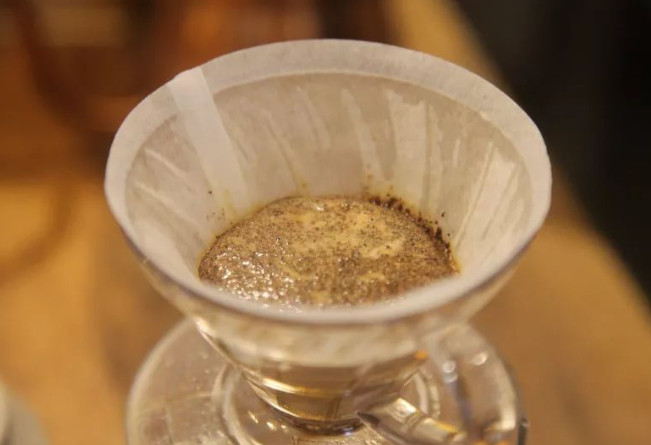
The abundance of bubbles is the expression of freshness.
Freshly roasted coffee beans, because the beans contain a lot of gas, strong respiration, in the extraction, the beans released gas, we see is a wonderful plump bubbles, there is a very vivid adjective, "blooming". Yes, when fresh coffee beans are extracted, clumps of rich bubbles bloom like flowers of this season.
It is accompanied by the rich aroma of fresh coffee beans.
An in-depth study of whether bubbles are abundant or not
During extraction, the richness of bubbles is positively related to freshness. The fresher the bubbles are, the more bubbles are. However, there is a premise for the same coffee bean. To be exact, it is the same raw beans, the same baking, the same operation.
The fullness of bubbles will be different between different coffee beans, or between different roasting degrees of the same coffee bean, or between different operating coefficients of the same coffee bean.
To sum up: the fresher the same coffee bean, the richer the bubbles; for the same coffee bean, deep roasting is more abundant than shallow roasting bubbles.
And between different coffee beans, apart from the differences in baking degree and other factors, only from their own structure, will also reflect the difference in hydrophilicity, the most intuitive reflected in the speed of water absorption and the degree of blistering.

Suggestions for adjusting extraction
For the same coffee bean, if the existing operation mode of extraction is not ideal, you can consider: increasing the number of coffee powder, increasing the thickness of the powder layer, increasing the combination time of coffee powder and water; increasing the extraction water temperature, further stimulating the activity of coffee beans; reducing the degree of grinding, grinding a little finer, and increasing the contact area between coffee powder and water molecules.
Of course, the above advice is for fresh coffee beans.
The regulation of each extraction factor will have a certain impact on the final taste of coffee. For the taste of the last cup, we still need to rely on the maker's grasp.
Also, when we judge fresh coffee beans, we should also consider whether the raw beans are fresh or not.
60% of a good cup of coffee depends on the quality of raw beans. As a coffee practitioner, you should let go of the situation and learn as much as possible about coffee seeds to coffee cups. Advanced Level 6 | from a bean to a cup of coffee, establish a coffee knowledge system. This is helpful to the link you are engaged in. After all, bakers bake according to beans, while baristas brew through beans and baking ideas.
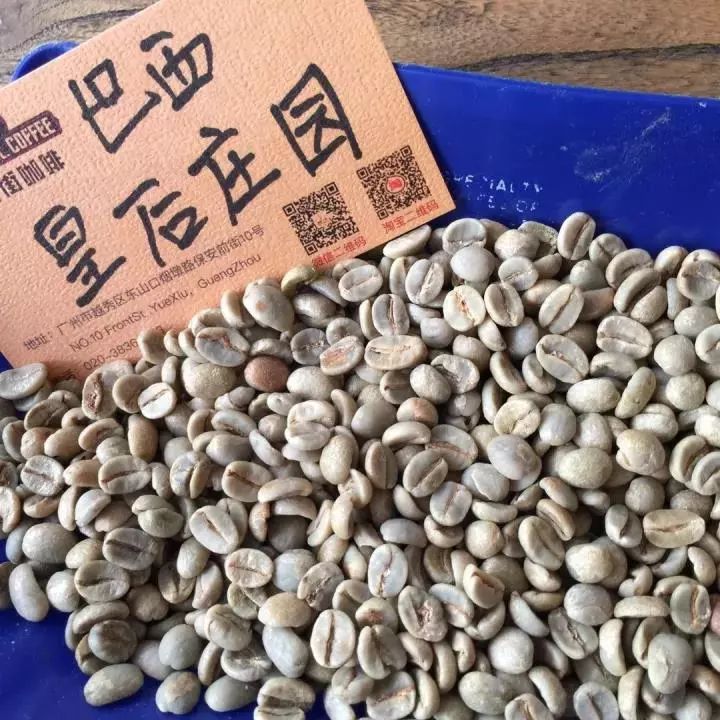
The new and old degrees of raw beans are different.
With the same kinds of beans, manors, elevations and planting methods, there is a great difference between new raw beans and old beans in dry and wet fragrance. Because coffee is also a kind of crop, freshness is very important for coffee.
Generally speaking, fresh coffee beans harvested that year are called "New Corp", those harvested the year before last are called "old beans" (Past Corp), and those placed for more than a year are called "old beans" (Old Corp). This distinction is mainly due to the water content of raw beans, because the new beans have more water content (usually between 11% and 13%) and are mostly dark green in appearance, while the old beans (10%-11%) and old beans (9%-10%) are lighter in color, lighter in weight and less glossy and tactile as the surface of the new beans. Of course, different processing and refining methods and producing areas, varieties of raw beans will be different.
Xindou: the surface is so shiny and tactile
Changes in freshness of raw beans:
New season beans > overdue season beans > old beans > old beans
New season beans: raw beans harvested within one year
Over-yielding seasonal beans: more than one year.
Lao Dou: more than two years
Aged beans: ripe raw beans.
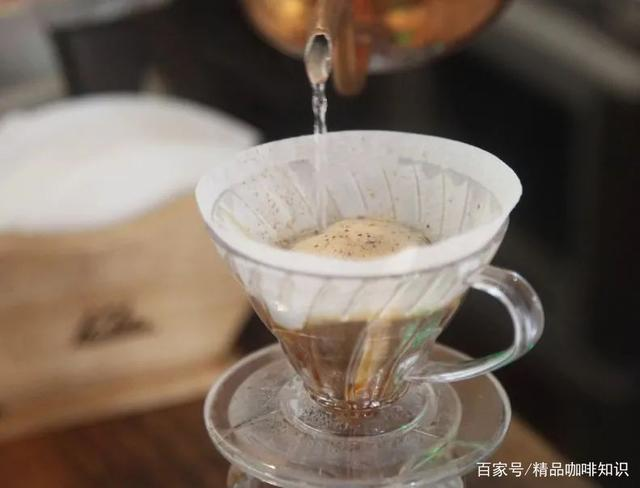
For example, after a year at room temperature, the water content of raw beans will drop to less than 10%. The color of raw beans just processed is blue-green / green, but as time goes on, the color of raw beans will gradually become light green, white or yellow. And with the extension of raw frying, the aroma of raw beans will change from grass and spice to hay or rice, and for a longer time, it will be completely tasteless.
Important Notice :
前街咖啡 FrontStreet Coffee has moved to new addredd:
FrontStreet Coffee Address: 315,Donghua East Road,GuangZhou
Tel:020 38364473
- Prev

The nature of coffee beans basic knowledge of high-quality coffee beans
When we choose coffee beans, we must first understand the nature of coffee beans. Now we are divided into three categories to discuss. Single coffee beans, mixed coffee beans and Italian coffee beans: the nature of single coffee: the three major coffee growing areas in the world are Africa, Asia and Central and South America. Generally speaking, coffee beans will taste different according to the region where they grow.
- Next
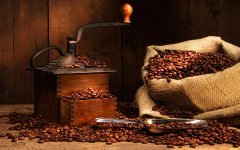
The basic knowledge of Coffee interprets the name of Coffee Bean
Why coffee beans have such a long name? Why is there a single item, deep roast and Italian style of coffee? Where did so many names come from? When you walk into a coffee store or open the website of a professional coffee and bean seller, you may be confused by the dazzling variety of coffee names. Why coffee beans have such a long name? Why is there a single item, deep roast and Italian style of coffee? How is this divided?
Related
- Guji coffee producing area of Guji, Ethiopia: Humbela, Shakiso, Wulaga
- What is the most expensive variety of Qiloso in BOP multi-variety group?
- How to store the coffee beans bought home?
- Why are Yemeni coffee beans so rare now?
- Ethiopian Sidamo all Red Fruit Sun Sun Santa Vini Coffee beans
- SOE is mostly sour? What does it mean? Is it a single bean? what's the difference between it and Italian blending?
- Is Italian coffee beans suitable for making hand-brewed coffee?
- How to choose coffee beans when making cold coffee? What kind of coffee beans are suitable for making cold coffee?
- Just entered the pit to make coffee, what kind of coffee beans should be chosen?
- Can only Japan buy real Blue Mountain Coffee? What are authentic Jamaican Blue Mountain coffee beans?

